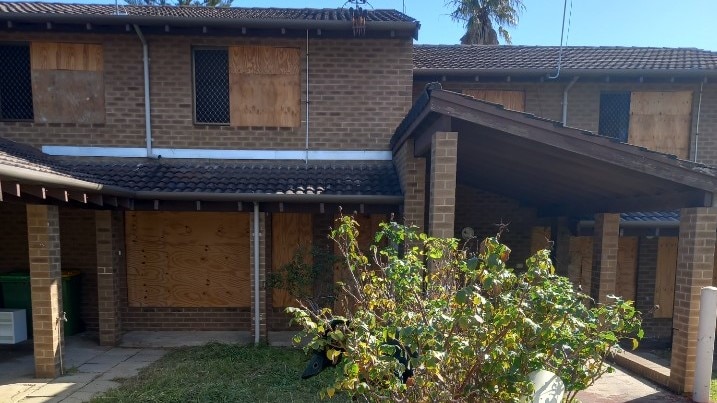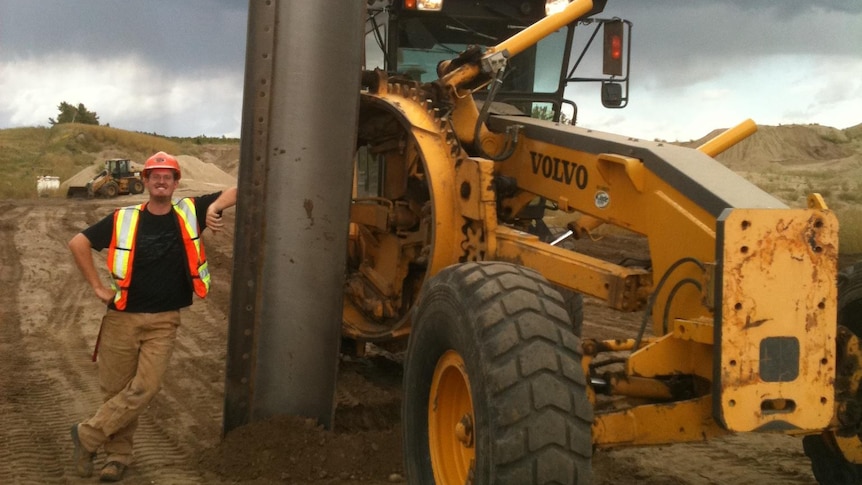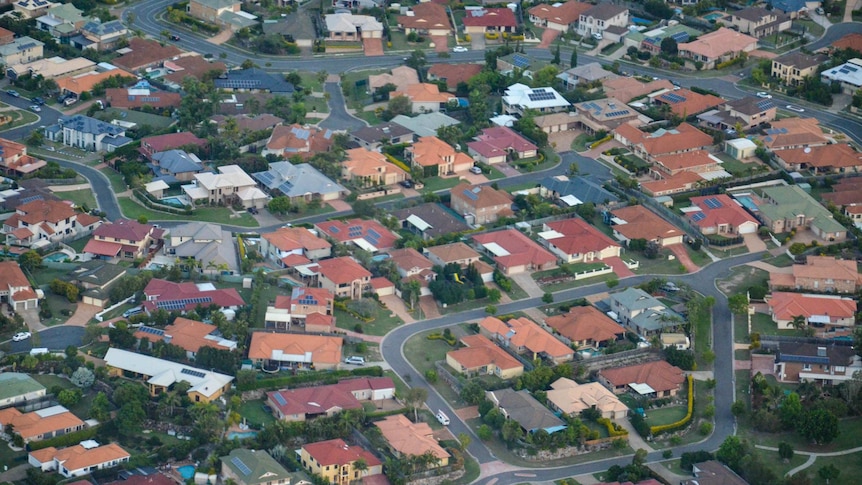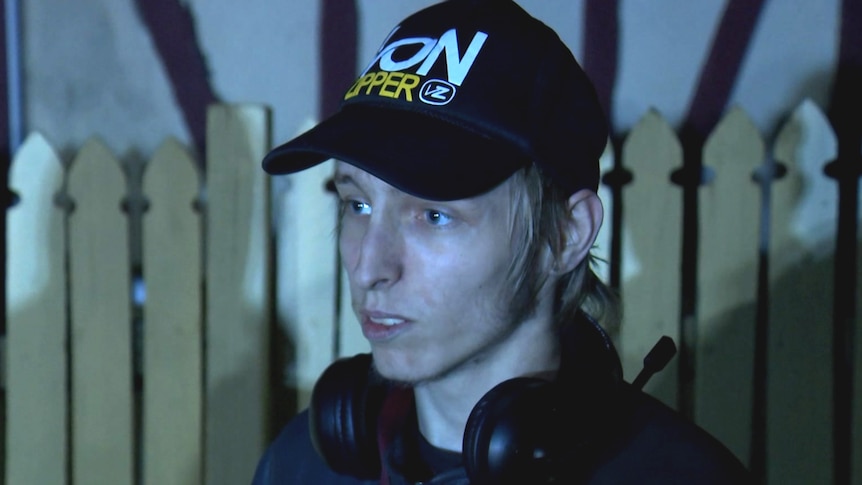As thousands of West Australians linger on the social housing waitlist, almost 2,000 social houses across the state are empty and in need of repairs, maintenance or demolition — more than 25 per cent than last year.
Key points:
- A Beaconsfield resident says it’s time to start thinking outside the box to get people into social housing
- The Opposition says the government can’t be spending money if no-one is accepting its tenders, but the Housing Minister disputes that
- The state government insists it is doing everything it can to open up existing homes
State government data shows there were 1,927 social houses empty in June 2022, compared to 1,514 properties at the same time last year.
It is the highest number of vacant social houses since 2019.
Karen Anderson, who lives in the southern Perth suburb of Beaconsfield, told the ABC Perth’s Nadia Mitsopoulos that the property next door had been vacant for three years and many more were awaiting repairs.
“Fences down, windows smashed, the gardens are overgrown,” she said.
Ms Anderson acknowledged that the state was battling labor shortages and a heated construction market, but said it was time to think of more inventive solutions.
“[The government] is trying but there are no workers,” she said.
“If there’s no labour, what is wrong with saying ‘Right, we have got a house for you, it’s not smashed to pieces, it needs a bit of a paint and clean. We do it together, this is your home and we will give you a month free rent’?”
“Why not get people to help do their own home so they appreciate it more? Because the labor is not there.”
With more than 19,000 singles or families waiting for public housing in WA and many people sleeping rough in the state, Liberal housing spokesman Steve Martin agreed more needed to be done to get people into homes.
“It’s very tough if you’re on that social housing waitlist,” he said.
“People who are looking for housing, they know where those boarded-up homes are.
“They actually know where those social houses are and they don’t have access to them.”
Mr Martin said it was concerning that some state government tenders had failed to attract a contractor.
“The waitlist continues to grow, there is homeless people on our streets … and no-one is responding when this Housing Minister puts projects for tender,” he said.
“[The Minister] cannot keep coming out and saying ‘I’m spending billions on fixing the housing problem in Western Australia’ when he’s not.
“If no-one is tendering, he’s not spending the money.”
‘Doing everything we can’
WA Housing Minister John Carey said it was “dishonest and unfair” of the Opposition to claim money was not being spent on social housing.
“In some cases, tenders may not get anyone to actually respond, but we are still doing plenty of work,” he said.
“We are spending money — I added 600 homes in the last financial year to social housing stock.”
More than 860 social homes are under contract or construction in WA.
“We’re doing spot purchasing, we brought in a timber frame home program so we can knock out homes in four months from the concrete pour, we’re doing a modular program which means we can build onsite,” Mr Carey said.
“I’m trying to use every lever I can to increase social housing.”
He said WA’s heated construction market was a ‘harsh reality’ that the state government was dealing with.
“We understand the market is tough — we’re not giving up,” Mr Carey said.
But the Minister would not be drawn on whether he thought there were too many vacant social houses in the state.
He said with more than 42,000 social houses in WA there would always be some awaiting repairs, maintenance or standing empty as a result of people leaving the public housing system.
“Can we get beyond this idea that it’s simply a lick of paint and backfill? It’s not,” Mr Carey said.
“We’re talking about major refurbishments because of the state they have been left [in].
“We are trying to get as many back online that we can, recognizing the heated construction market, recognizing that there are longer waiting times to get tradies through the door.
“That’s the harsh reality we face.”
.




